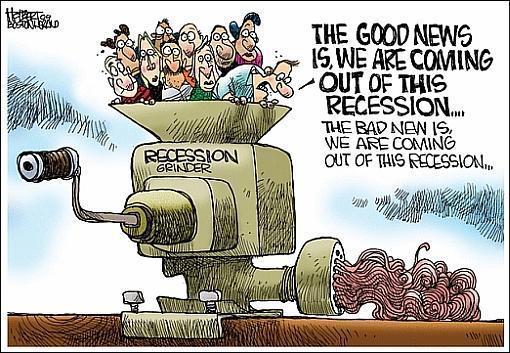Teachers College at Columbia University in New York has prepared a program for high school teachers to help students grades 9 to 12 understand fiscal responsibility. The program is so comprehensive and clear that we are summarizing it on w-t-w.org as part of our program on financial literacy. Even adults who think they know everything they need to about government policies and how they are financed can benefit from the brush up.
How many people, for instance, are aware that the pool of funds for social security and disability are merged? While a fund created to help people in retirement is paid for by steady contributions from a working person’s salary, disability has no natural funding. Certainly in the US and in other developed countries, gaming the disability system is an art. What if the funds were separated? What if social security was really in a lock box? Would it make more sense?
In a foreward, David Colander, the Christian A. Johnson Distinguished Professor of Economics, Middlebury College writes (in summary): We must be very clear about what we value so that we can judge how we want the nation’s spending to be structured. Either taxes must go up, spending on defense and mandatory speaning programs must go down, or a compromise must be found. The alternative is for effective governing to fail. Without effective governent, our economy and the institutions we valu and beleive in will fall too. Failing is not an option.
The discussion is evidence based, analytic, conceptual and provides a basis for partisan arguments to be measured. The basic notion that there is no free lunch prevails. http://teachufr.org/topic/curriculum/economics (Note: When you enter this url, the page will say “Not Found”, but to the right in a column many interesting pieces of the program are available).

